Pasta Dough For Roller Machines
By AzWench
Ingredients
- 2 cups 00 flour (about 350 grams)
- 2 large whole eggs
Details
Adapted from google.com
Preparation
Step 1
To prepare the mixture by hand, place the flour on a clean counter top or rolling board and make a well in the center for the eggs. Break the eggs into the well and using a fork, beat the eggs, gradually drawing in flour from the inner sides, leaving the outer edge intact so that the eggs don't spill out. (If they do, just sprinkle with flour and bring the egg back into the center). Continue dragging flour into the center well, stirring the ingredients together until the dough begins to form a homogeneous mass. Sprinkle the work surface with flour and begin kneading the pasta dough. IMPORTANT: If the pasta is too dry or crumbly, spray with a little lukewarm water.
When the right texture has been reached, form a ball and leave to rest under an inverted bowl for 10 - 15 minutes. If making noodles, roll out the dough using a roller pasta machine, dusting lightly with flour to prevent from sticking. Fold up and roll a second time, or continue to roll each sheet until it becomes smooth. Once the pasta sheets begin to smooth out, decrease the roller setting by 2 numbers, and then again by 2 numbers, until the sheets are the thickness that you require for the product that you're making. Use the pasta sheets to make ravioli, lasagna, or roll up the sheet jellyroll fashion, and slice to desired width to make noodles (or use the cutter attachment of your machine).
For a variation to this dough, add one teaspoon good olive oil for each cup of flour, and one teaspoon salt for each 2 cups flour. For a chewier pasta, replace 1/2 cup of the flour with semolina flour. To make a higher protein pasta, replace 1/2 cup flour with soy flour or high gluten (or balancer) flour. Adding high gluten flour also has the added benefit of reducing carbohydrates.
To make an oriental noodle, substitute 1/2 cup of the flour with 1/2 cup of rice flour or potato starch. Colorful pasta may be prepared by adding drops of beet juice (for red), spinach juice (for green), carrot juice for orange/yellow or squid ink for purple/black! For any of these substitutions, just as for all pasta doughs, adjust liquids accordingly in order to have a dough of the proper consistency for rolling out (ie, if dough is too soft or sticky, roll in a small amount of extra flour, if dough is too crumbly, add a few more drops of water). Adjust in this way until the proper dough consistency is achieved. The amount of moisture contained in the flour used varies according to the harvesting practices, storage method, age and quality of flour among other factors, so it cannot be predicted. This means that the amount of liquid added to the recipe needs to be adjusted each time for best results.
Cooks Note: 00 is a fine flour with a lower gluten content than all purpose flour. If you don't have this on hand, use all purpose flour instead. Or 1/2 cup cake flour may be substituted for an equal portion of all purpose flour to help lower the gluten content. This recipe may also be prepared using pasta (100% durum semolina) flour.
You'll also love
-
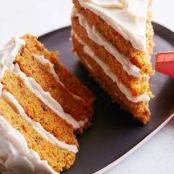 Carrot Cake for Two
4.4/5
(10 Votes)
Carrot Cake for Two
4.4/5
(10 Votes)
-
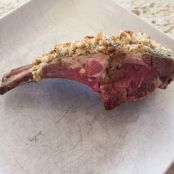 ROASTED RACK OF LAMB
4.5/5
(28 Votes)
ROASTED RACK OF LAMB
4.5/5
(28 Votes)
-
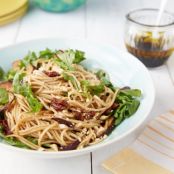 Italian Soba Noodle Salad
4.8/5
(8 Votes)
Italian Soba Noodle Salad
4.8/5
(8 Votes)

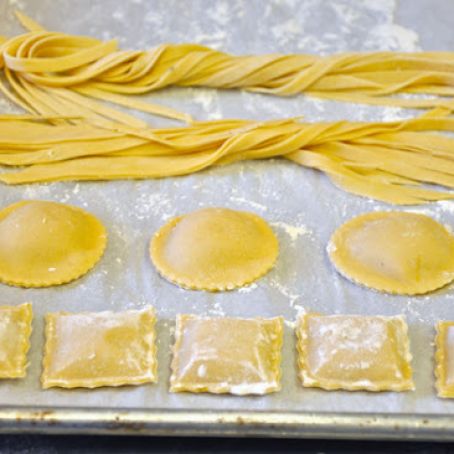
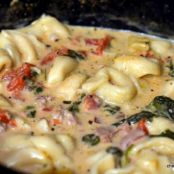
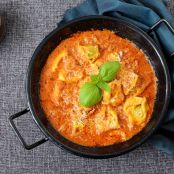
Review this recipe